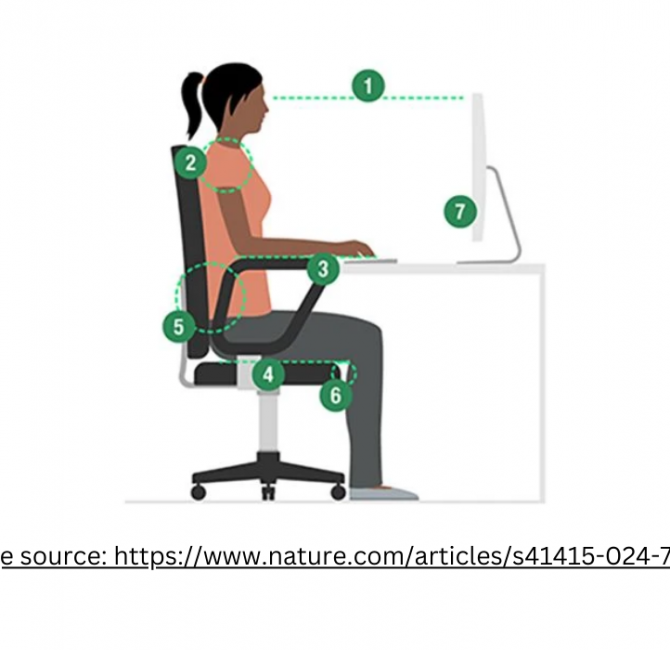Sugary drinks and artificially sweetened beverages are associated with a higher risk of cardiovascular disease, which suggests artificially sweetened beverages may not be a healthy alternative, according to a research letter published in the Journal of the American College of Cardiology.
Eloi Chazelas, PhD student, et al., looked at data from the French NutriNet-Santé cohort to investigate the relationship between the risk of cardiovascular disease and consuming sugary drinks and artificially sweetened drinks.
Records for 104,760 participants were included. They were asked to fill out three validated web-based 24-hour dietary records every six months. Artificially sweetened beverages were defined as those containing non-nutritive sweeteners. Sugary drinks consisted of all beverages containing 5% or more sugar. For each beverage category, participants were divided into non-consumers, low consumers and high consumers.
Researchers looked at first incident cases of cardiovascular disease during follow-up from 2009-2019, which were defined as stroke, transient ischemic attack, myocardial infarction, acute coronary syndrome and angioplasty. After excluding the first three years of follow-up to account for potential reverse causality bias, results showed 1,379 participants had first incident cases of cardiovascular disease. Compared to non-consumers, both higher consumers of sugary drinks and of artificially sweetened beverages had higher risks of first incident cardiovascular disease, after taking into account a wide range of confounding factors.
“Our study suggests artificially sweetened beverages may not be a healthy substitute for sugar drinks, and these data provide additional arguments to fuel the current debate on taxes, labeling and regulation of sugary drinks and artificially sweetened beverages,” conclude Chazelas et al.
The researchers add that moving forward, to establish a causal link between sugary and artificially sweetened beverages and cardiovascular disease, replication in large-scale prospective cohorts and mechanistic investigations will be needed.



